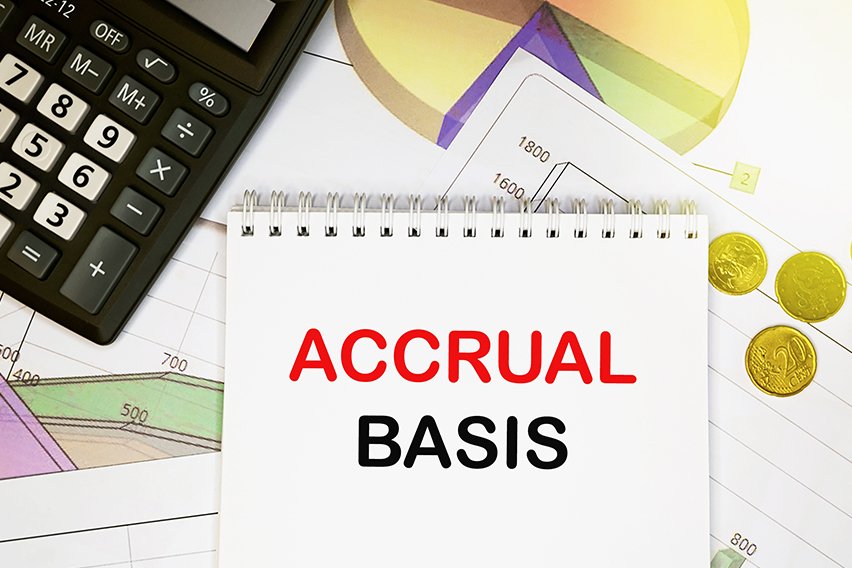What Is Overhead Allocation for Small Businesses

Overhead costs refer to all ongoing business expenses that are used for creating and selling a service. Allocation of the overhead is important for budgeting as well as determining how much a business should charge for its services.
For example, if your service-based business has an office, you have to account for the overhead costs such as the rent, telephone bills and office expenses along with the direct costs while determining the hourly rate or project fees of the services.
What this article covers:
- What Do You Mean by Overheads?
- How Do You Allocate Overhead Costs?
- How Do You Calculate Allocation Rate?

What Do You Mean by Overheads?
The overhead costs refer to all the expenses that the business has to incur over and above the labor costs. It may apply to a variety of operational categories and include:
- Administrative overhead expenses such as staff salary and training costs
- Selling overhead costs such as television commercials or printed material
- Indirect costs such as utilities, computers, marketing costs
The overhead costs can be fixed i.e. they remain the same irrespective of the business activity level or they can be variable. Businesses have to account for these expenses to determine the overall profitability.
How Do You Allocate Overhead Costs?
In the service industry, overhead is driven by direct labor hours. The most common allocation base in these companies is direct labor hours or direct labor cost.
Overheads can also be allocated to a specific project or department. For example, a business may allocate overhead expenses based on the activities completed within each department, such as printing or office supplies.

How Do You Calculate Allocation Rate?
- Identify the services that your business performs.
- Determine the total overhead costs for completing these services such as property taxes, utility costs, building lease costs, and salaries of support personnel. You can use online accounting software to break down your expense reports
- Compute the overhead allocation rate by dividing total overhead by the number of hours these employees are doing billable work. This will help in the efficient use of resources.
- To check if you’re selling enough to stay in business, divide the overhead costs by the revenue and then multiply it with a hundred. This is the percentage of revenue that pays for the overhead. If the costs are too high, take steps to spend wisely.
All businesses pay overheads. Allocating the overhead costs can help in managing these costs for higher productivity and more profits.
RELATED ARTICLES

 Accounting Errors: What Is a Transposition Error
Accounting Errors: What Is a Transposition Error How Accounting Can Help Your Small Business Succeed | How-To Guide
How Accounting Can Help Your Small Business Succeed | How-To Guide What Is LIFO Method? Definition and Example
What Is LIFO Method? Definition and Example Is Accumulated Depreciation an Asset? How To Calculate It
Is Accumulated Depreciation an Asset? How To Calculate It What Are Adjusting Journal Entries?
What Are Adjusting Journal Entries? Accrual Accounting: Definition, How It Works, and Examples
Accrual Accounting: Definition, How It Works, and Examples